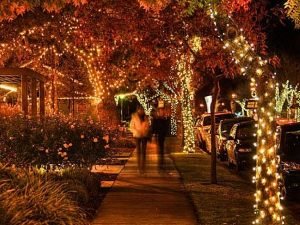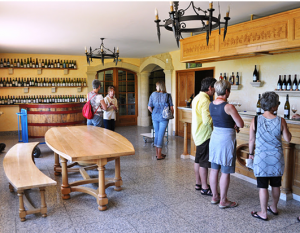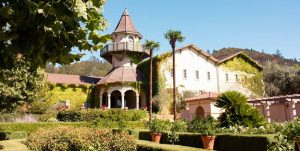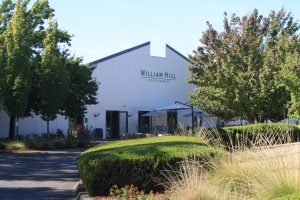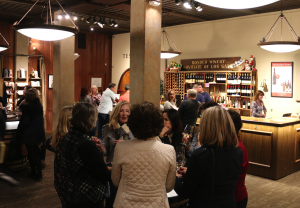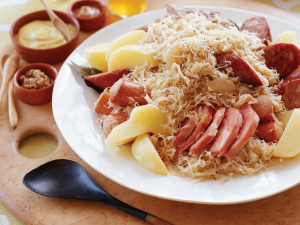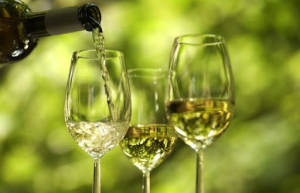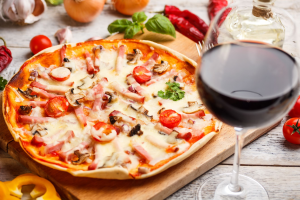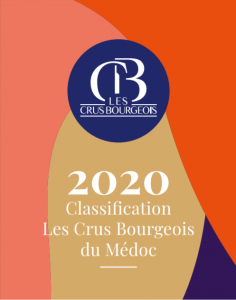December’s weather is very unpredictable in the Napa Valley and Sonoma County, which we elide to be Napa/Noma. We have been there at times when it is absolutely springlike and on other occasions we have frozen in temperatures much colder than that which we left behind in New York. So before you come, by all means check your favorite weather app to learn how to pack.
A chilly December morning just off the Silverado Trail.
There are many advantages to a visit in December and a few drawbacks. It’s a rather relaxed time for the local folks. The hardest work of the harvest is over and the new wine is sleeping soundly in barrels. If you’re taking a tour, you won’t get to see people actually making wine (come in September and October for that) but on the other hand, you’ll be able to see all of the winery. It’s not safe to traipse around when the destemmers and fermenting tanks are in full operation, with workers busy everywhere.
The big plus is the celebration of the holidays. Many if not all of the wineries decorate for Christmas, some rather splendidly. We can recommend Robert Mondavi and Beringer in Napa Valley and Arrowood in Sonoma County for the attractiveness of their displays. Wine tasting is a rather festive pastime by itself; it gets downright merry at Christmas.
In addition, many of the wineries have private parties at this time of year, often on the first weekend of the month but later if that weekend is early in a given year. Most of them are for their club members and are often called “pickup parties”. The members from nearby are expected to pick up their December shipments in person and they get a little extra. If you show up and you’re not a club member, they will almost never shoo you away. On those days, they normally have their best wines available for tasting.
Also, many wineries hold fancy dinner parties for their club members, usually for a stiff price. If you’re in a mood for a banquet dinner – always with great wine – you can join one club before you go and then sign up for the dinner. Many of them sell out early, so give yourself some time in advance if you choose to do this.
Yountville at Christmas. Photo courtesy of The Wine Stay.
Some wineries have rather extensive (and often expensive) gift shops. What better time to shop for gifts than December? The shops are extensively decorated and of course many of the items are Christmas-themed. Among the best are Mondavi and Beringer, once again, but also Darioush and Rubicon. Moreover, the same can be said for the towns as well, where they are selling things to the local people, not just the tourists. (Yountville is especially beautiful at this time of year.) Among things we have bought over the years have been a gilded grape leaf to hang on a sturdy branch of a Christmas tree and a wreath made of grape vines.
Of course, you may be rather cold if you visit Napa/Noma in December, but the crowds will be sparser (except on party days). Hotels are more available, as are restaurant tables. With much of the previous release’s wines already sold, you may have some difficulty tasting your favorites, but consider that a chance to discover something different.
Don’t let the weather deter you. December’s pleasures overwhelm the few disadvantages.

